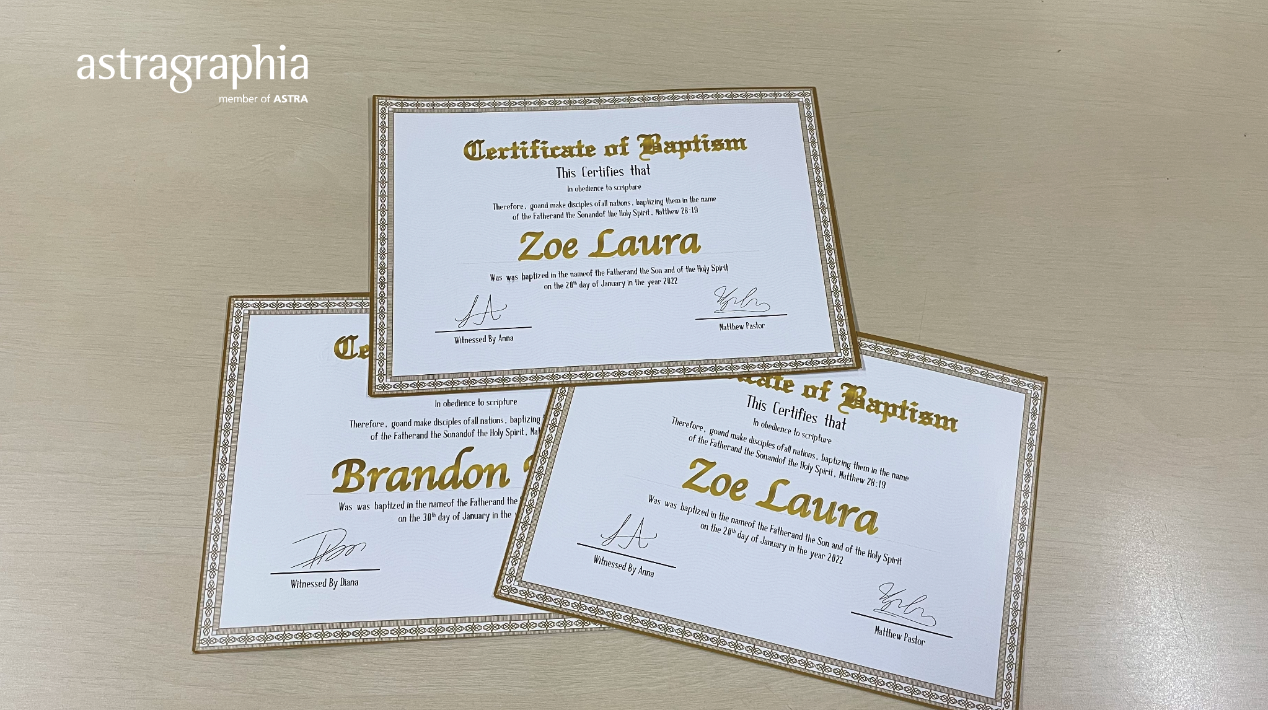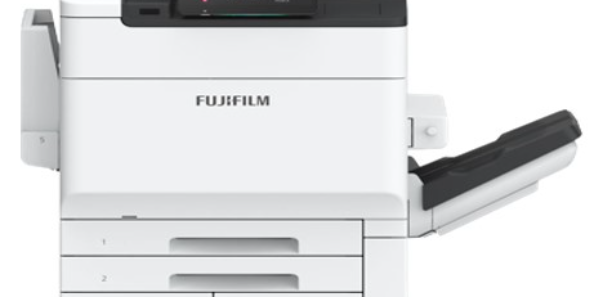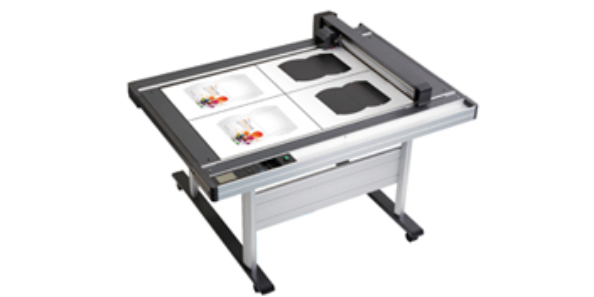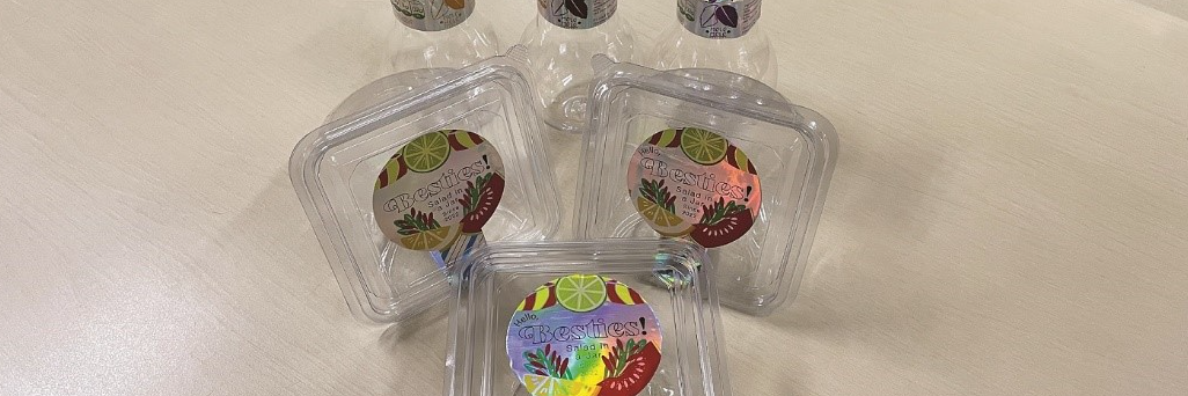Print Exclusive Certificates with Microtext and Digital Emboss Techniques from Astragraphia

A certificate is a written or printed statement (statement) from an authorized person that can be used as proof of ownership or an event. Astragraphia Document Solution will provide tutorial tips on the ApeosPro C650's exclusive certificate printing process. Furthermore, using the Graphtec FCX Series finishing machine, this exclusive certificate print creation is combined with microtext and digital emboss techniques. This method aims to keep certificates secure and safe from forgery.

Astragraphia FUJIFILM Business Innovation's latest production printer machine is the Fujifilm ApeosPro C650. With a print speed of 75 pages per minute and a resolution of 2,400 x 2,400 dpi. Let's take a look at the complete tutorial on how to print this certificate. The certificate design is checked using the VIDE (VI Design Express) software before the pre-press process begins. The Fujifilm ApeosPro C650 will be used to print the certificate material during the press stage. The Fujifilm ApeosPro C650, which can print on paper media up to 330 x 1300mm, is ideal for exclusive certificate printing. Furthermore, this printer has an Electrostatic Panel holding medium that can withstand paper loads up to 350gsm in size.

After the certificate has been printed, it is continued with the finishing process (cutting, creasing and digital emboss techniques) using Graphtec FCX 4000-50 ES. With the Detection Registration Mark feature on the Graphtec FCX 4000-50 ES finishing machine, it can produce small prototypes accurately. The Graphtec FCX 2000-60 VC can cut paper up to 660mm x 488mm. The Graphtec FCX 4000-50 ES is equipped with the Tools Creasing feature. It can also be used to create digital embossing techniques with unique buckling contours. the Force menu section serves to adjust so that we get maximum digital emboss results. To create an exclusive certificate that is secure and not easily forged, Graphtec FCX 4000-50 ES can create micro text techniques on top of the certificate. The micro text technique is a printing technique for creating very small text that can only be read using a magnifying glass. Digital embossing and micro text techniques are commonly used for certificates, coupons, tickets, invoices, and other important documents. This aims to maintain security to prevent duplication, and fake copies of documents, and to increase the uniqueness of each important and confidential document.




